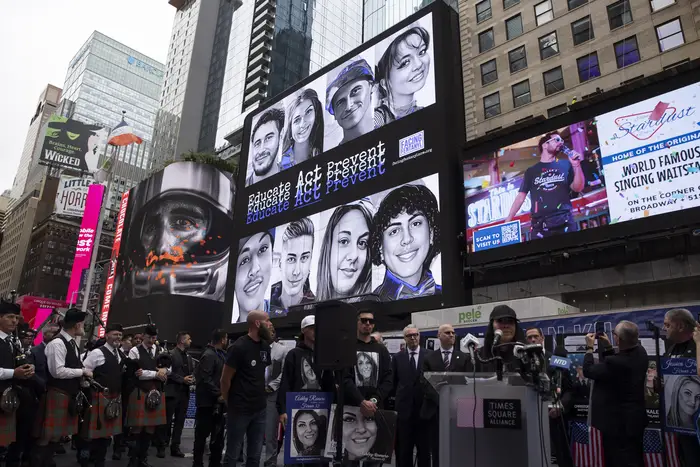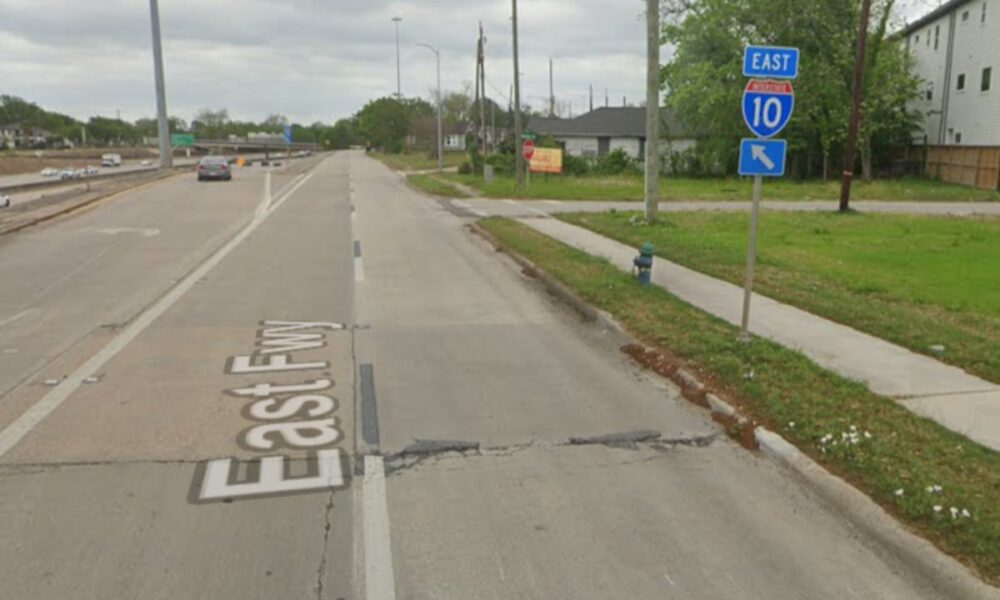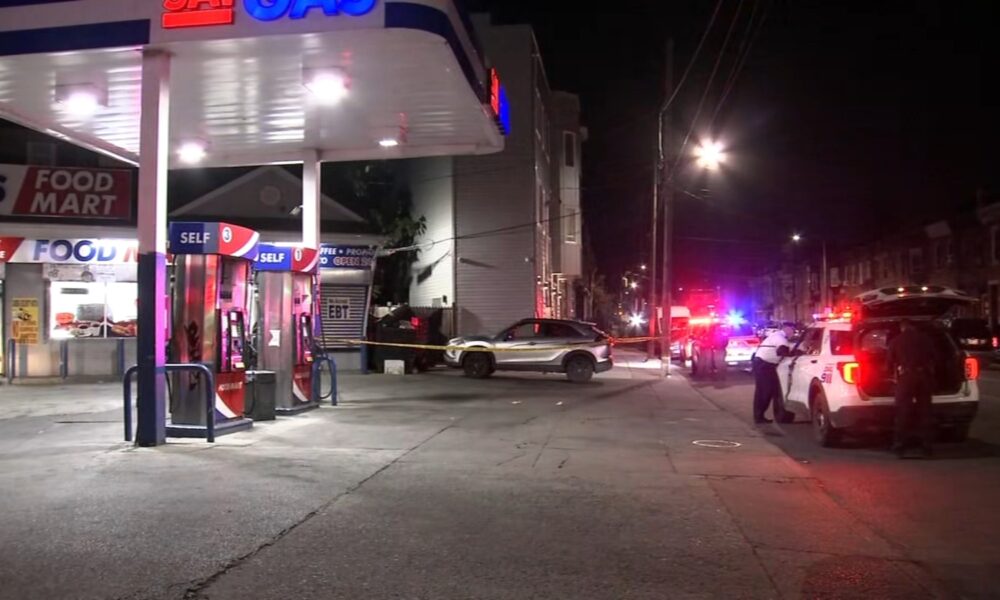UPDATE: New York City has recorded a significant 28% decrease in drug overdose deaths in 2024, with 2,192 fatalities reported, down from 3,056 in 2023, according to data released by the city health department. This urgent update highlights a critical moment in the ongoing battle against the drug crisis, reflecting a broader national trend.
The decline marks a crucial step forward, as overdose deaths had reached record highs for four consecutive years. Mayor Eric Adams stated, “Progress on reducing opioid overdoses will never make up for the families that have been devastated… but it gives us hope that brighter days are ahead.” The city’s HealthyNYC project aims to cut annual overdose deaths to 1,812 by 2030, but the journey ahead remains challenging.
The statistics reveal a complex landscape: while overdose deaths have decreased citywide, disparities persist. The Bronx, despite a 24% reduction in deaths, continues to suffer the highest overdose death rate—more than double that of Manhattan. “My borough’s devastated with the overdose deaths,” said Marilyn Reyes, board member of Vocal NY. Reyes emphasized the need for continued investment in effective solutions.
Nationwide, the drug crisis also showed signs of improvement, with an estimated 80,391 overdose deaths in the U.S. in 2024, a 27% drop from the previous year. Notably, this is the first decline in overdose deaths among Black and Latino New Yorkers since 2018, with reductions noted in every borough.
However, concerns about the unpredictability of the illegal drug supply loom large. Toni Smith, state director for the Drug Policy Alliance, cautioned that, “There’s no guarantee that a trend downward this year means a trend downward next year.”
Staten Island experienced the most significant improvement, with a staggering 49% decline in overdose deaths. Dr. Michelle Morse, the acting city health commissioner, stressed the importance of supporting life-saving programs while addressing historical injustices.
Despite recent federal funding cuts threatening public health initiatives, New York City has seen a financial boost from legal settlements with opioid manufacturers, accumulating approximately $190 million that is expected to reach $550 million by 2041. This funding is crucial for addressing addiction and reducing overdose fatalities.
The Adams administration has highlighted its investments in treatment programs, including $41 million allocated for fiscal year 2025. Additionally, the city currently operates two overdose prevention centers, where users can consume illicit drugs under supervision. Advocates are calling for more centers, though legal challenges remain.
As the city prepares for a new mayor, the focus will shift to sustaining and building upon this progress. The incoming administration faces the critical task of addressing the ongoing overdose crisis. In the last mayoral debate, candidates expressed differing views on overdose prevention centers, indicating a contentious road ahead.
As New Yorkers digest these developments, the urgency to maintain momentum in combating the drug crisis cannot be overstated. The future of many communities hangs in the balance as officials and advocates strive to ensure that the decline in overdose deaths continues.






